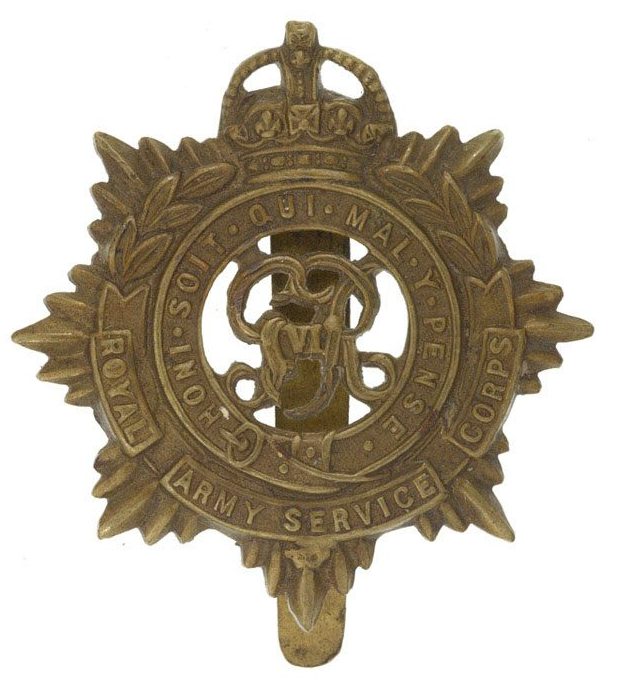Personal Details
Born: In 1890 in Whitchurch, Shropshire and baptised in St. Alkmund’s Parish Church on 16 July in the same year.
Family: He was the youngest of seven children of William Henshall, a general labourer, and his wife Harriett. No marriage for Alfred can be found.
Residence: He lived at 42 Yardington, Whitchurch until at least 1919.
Employment: In 1911 he was an apprentice in the cycle trade.
Died: In 1970 in Cheadle, Staffordshire.
Military Details
Regiment: Royal Army Service Corp
Rank: Private
Service Number: M2/077254
Date of Enlistment: Not known
Date of Discharge: Not known
Reason for Discharge: Not known
Other Information: Four Henshall brothers served in WW1:
- Alfred survived the war
- Philip Henry survived the war
- Albert died of his wounds in France and is commemorated on the Whitchurch Town memorial
- William died of illness contracted during the war, is buried in Whitchurch cemetery and commemorated on the Whitchurch Town memorial
Alfred was awarded the Campaign Medals (British War Medal and Victory Medal).

The British War Medal (also known as 'Squeak') was a silver or bronze medal awarded to officers and men of the British and Imperial Forces who either entered a theatre of war or entered service overseas between 5th August 1914 and 11th November 1918 inclusive. This was later extended to services in Russia, Siberia and some other areas in 1919 and 1920. Approximately 6.5 million British War Medals were issued. Approximately 6.4 million of these were the silver versions of this medal. Around 110,000 of a bronze version were issued mainly to Chinese, Maltese and Indian Labour Corps. The front (obv or obverse) of the medal depicts the head of George V. The recipient's service number, rank, name and unit was impressed on the rim.
The Allied Victory Medal (also known as 'Wilfred') was issued by each of the allies. It was decided that each of the allies should each issue their own bronze victory medal with a similar design, similar equivalent wording and identical ribbon. The British medal was designed by W. McMillan. The front depicts a winged classical figure representing victory. Approximately 5.7 million victory medals were issued. Interestingly, eligibility for this medal was more restrictive and not everyone who received the British War Medal ('Squeak') also received the Victory Medal ('Wilfred'). However, in general, all recipients of 'Wilfred' also received 'Squeak' and all recipients of The 1914 Star or The 1914/1915 Star (also known as 'Pip') also received both 'Squeak' and 'Wilfred'. The recipient's service number, rank, name and unit was impressed on the rim.

